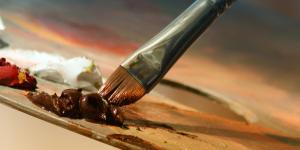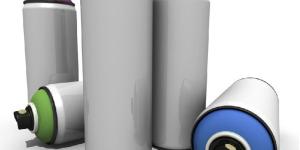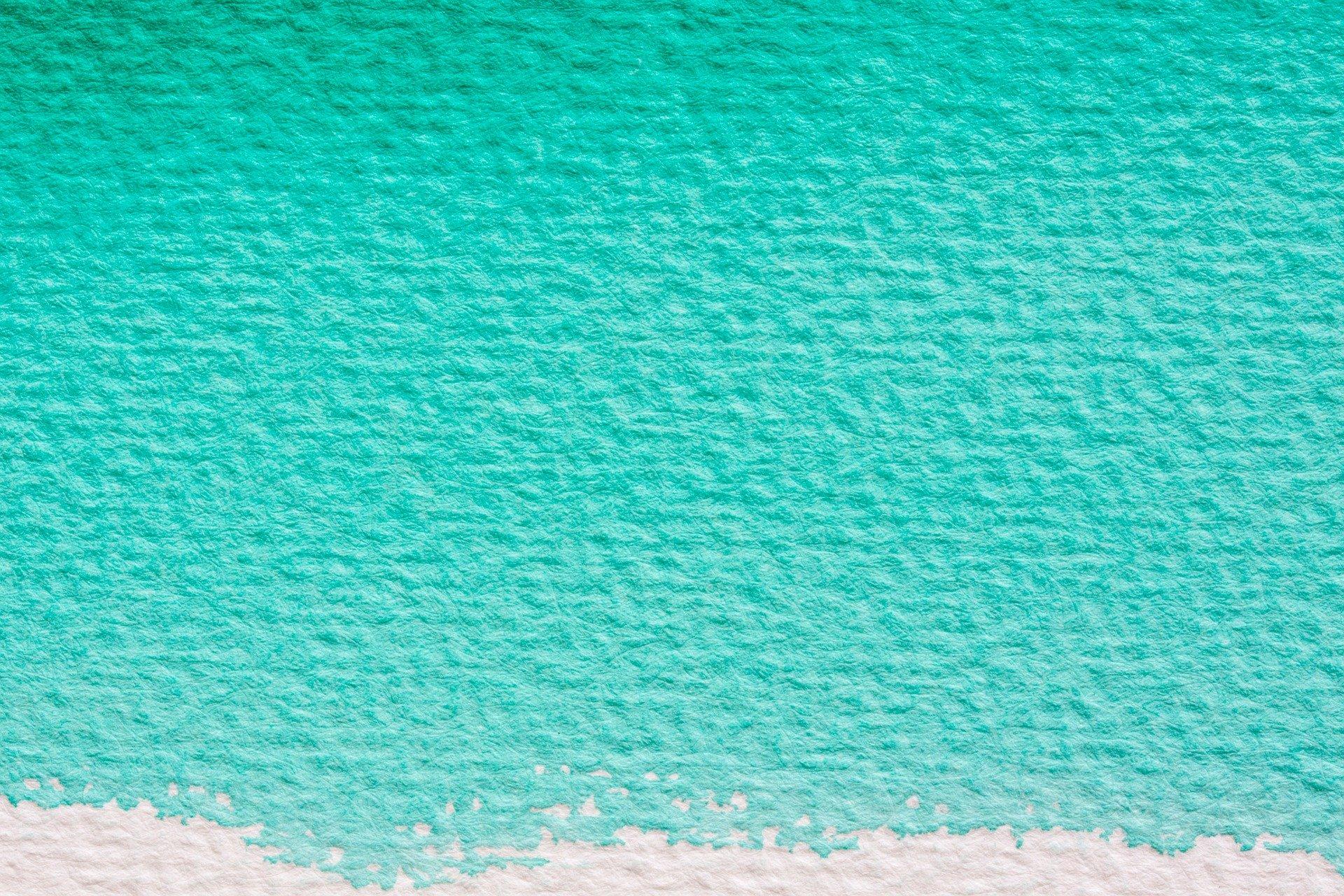How to Make Turquoise Acrylic Paint


Red, blue and yellow primary colors are the basis of almost all paint colors. You cannot mix colors together to get them but they exist as pigments in their own right. However, from this standard base, we can develop so many different shades and hues of color. These are known as secondary colors and are created by mixing primary colors together. Tertiary colors are the result of mixing primary and secondary colors together.
Among one of the most beautiful tertiary colors is turquoise. It is a tone which can be seen in nature, but it is also used in art, design and many other creative areas. Turquoise is evocative of the sea, freshness and sensations which are unique to the beholder. If you want to know how to make turquoise acrylic paint for a project, oneHOWTO brings you this step-by-step guide. We also show you how to make it with tempera if you don't have acrylis available.
Which colors do you mix to make turquoise?
To make turquoise, the basic colors you need to mix together are blue and green. They are fundamental pigments in any tone of turquoise you wish to make. While mixing them together will make turquoise, you can have various tones depending on how much of either color you wish to use:
- If you want to make dark turquoise, you can use darker tones of the blue or green you mix together. However, if you only have lighter colors, you can also add a little black to the mix. However, be careful and use sparingly.
- To make light turquoise acrylic or any other paint, you can add yellow or white to the blue and green mix. Again, do this little by little until you achieve the desired shade of turquoise you are looking for.
How to make turquoise with tempera
Before we show you the right technique to make turquoise with acrylics, we show you how it's done with tempera. Variations of blue, green, yellow and white will allow you to make turquoise with tempera. There are a multitude of nuances to this color which you can use for a tropical beach, a planet, your favorite Cadillac and more. To make turquoise with temperar follow these steps:
- Decide all the characteristics you want the shade of turquoise you are going to create to contain: These will include intensity, tone and brilliance. Without defining these aspects, you will have much more difficulty obtaining the turquoise you are looking for.
- You need to have the blue color and the green color paint ready. As mentioned in the previous section, they are the two essential pigments for making turquoise.
- It also acquires the colors yellow and white to add nuances to the turquoise. In this way, you will reduce its intensity and obtain paler tones.
- To the blue paint, gradually add the green. Keep in mind that blue is the predominant color of turquoise, so it will always be easier to use it as a base. Adapt the mix with the rest of the colors is easier than adding blue after the fact.
- Add the amount of green you consider appropriate until you get the desired turquoise. If you use too much green, add some more blue.
- To make a bright turquoise color, you will need to double the amount of blue paint compared to green. In other words, add two parts of blue to one part green. Adding a little yellow will give it more brilliance.
- Mixing the blue and green paint with a soft white you will be able to create a turquoise typical of tropical beaches, especially as you can add warm and whitish tones.
- Plat around with the amounts of blue, green, yellow and white until you get your desired tone of turquoise. Make sure you mix the colors well so you don't have an uneven tone.
If you are using a lot of turquoise paint, you will need to remember how much of each color you mixed in. If you don't do this, it will be very tricky to create more. You may end up having two different shades which can ruin your project. When painting a wall or decorating a room, it can make it look uneven.
How to make turquoise with acrylics
Now we have shown you how to do this with tempera, we will show you how to make turquoise colors with acrylic paint:
- To make the acrylic paint, mix the powder pigments of the different colors (blue, green, yellow and white depending on the type of turquoise you want to get). Add water and mix well.
- Organic pigments have more problems dissolving due to density. This is because they are less dense than water and can float on the surface.
- In order to make the mixture correctly, we need to use alcohol to moisten them and make them dissolve more easily. This is because the alcohol density is significantly less than that of organic pigments.
- After the pigments have been converted into individual paints, add a little water to keep them moist, as the alcohol evaporates quickly.
- Use steel spatulas or a glass wheel to grind the pigments and make them disperse properly.
- Once the pigments are in a homogeneous paste and dispersed, you will have to use the acrylic binder to make the mixture.
- Add the binder and mix the pigments you want to use to obtain the desired shade of turquoise color. All of these steps above are for the occasions when you buy the powder material and the binder. If you buy the acrylic paint directly in cans or tubes you can start directly by gathering the paint material (brushes, canvas or fabric, palette, glass with water, apron and, of course, the paints, and start mixing as we explain.
- Start with the basic green and blue and continue adding more of one or the other or of a lighter shade or color (white or light yellow) or darker (dark blue, dark green or black). Depending on whether you want to achieve a light or dark turquoise.
- Once the turquoise color has been made with acrylics, you should store it in a closed container to keep it in optimal conditions. We recommend using a mason jar or similar container with a lid that closes tightly. This is to keep in the moisture.

Uses of acrylic turquoise paint
Of course, when you get creative, you can use whatever color you like for whatever you create. However, turquoise is a color which is associated with certain scenes in nature as well as used for various decorative purposes. These include:
- The sea
- The sky
- Doors of houses
- Guitars
- Bird wings (especially parrots)
- Hair dye
- Egyptian ornaments
- Aztec masks
- Indian sarees
- Glass bottles
- Peacock feathers
- Surgical scrubs
- Gems in jewellery
- Spaceships
Let us know what you end up using your turquoise acrylic paints for in the comments below. If you want to use an alternative to acrylics, you can see our article on how to make eco-friendly paint.
If you want to read similar articles to How to Make Turquoise Acrylic Paint, we recommend you visit our Art & handicraft category.






